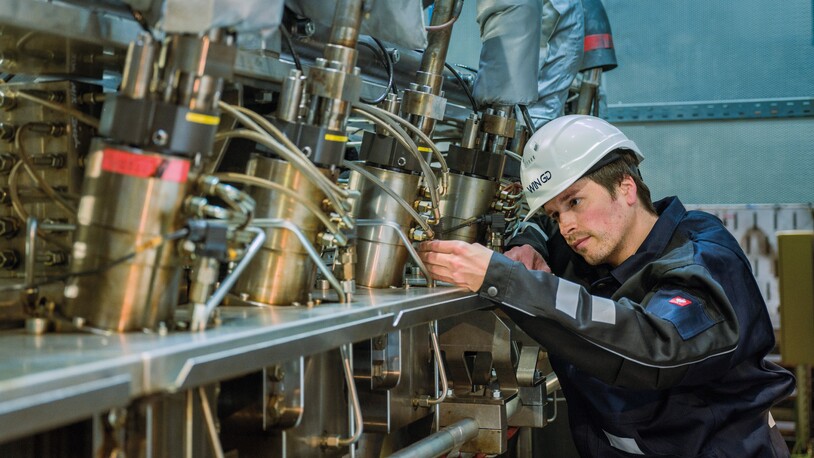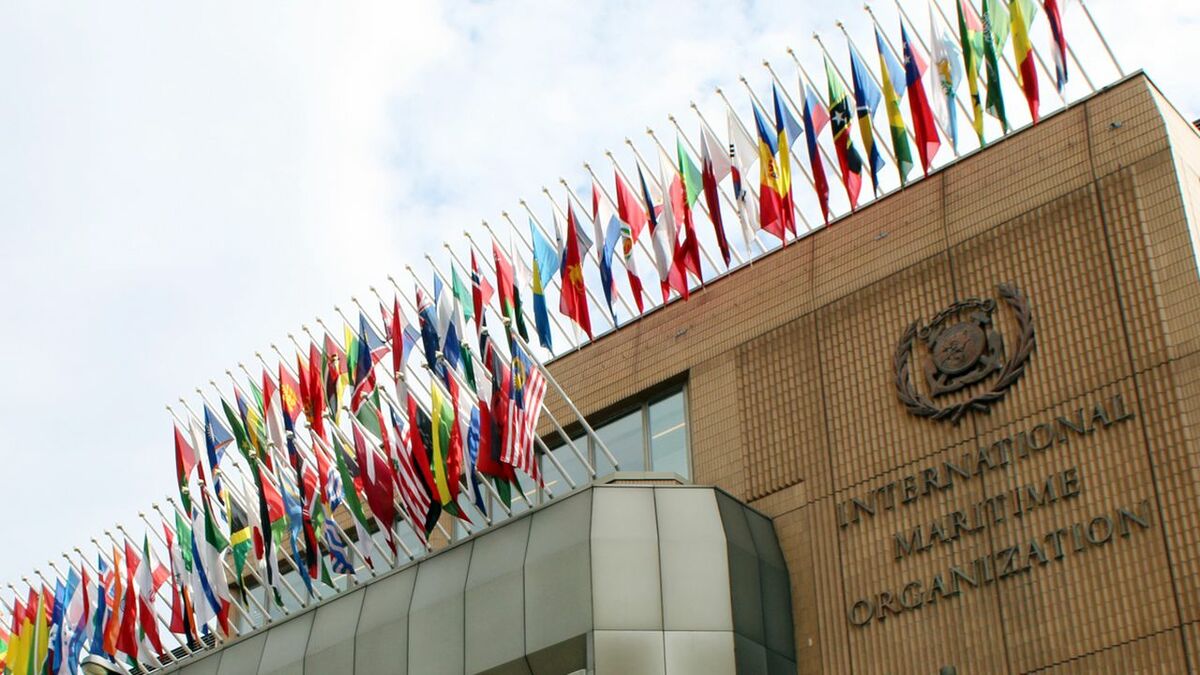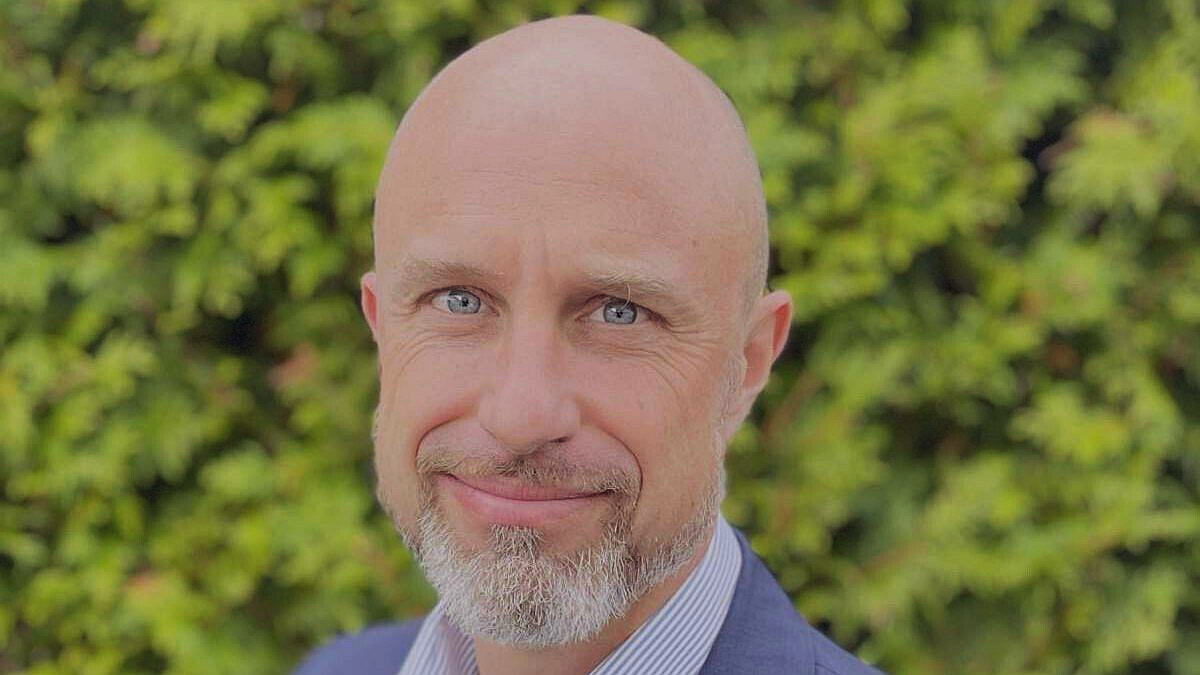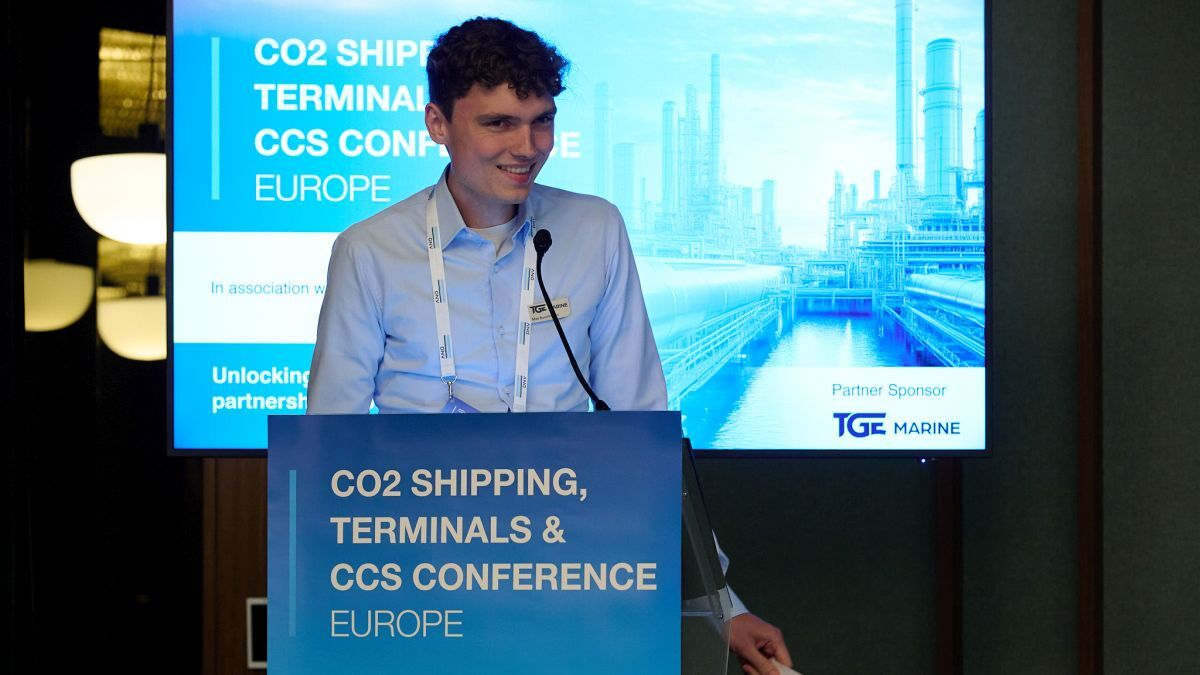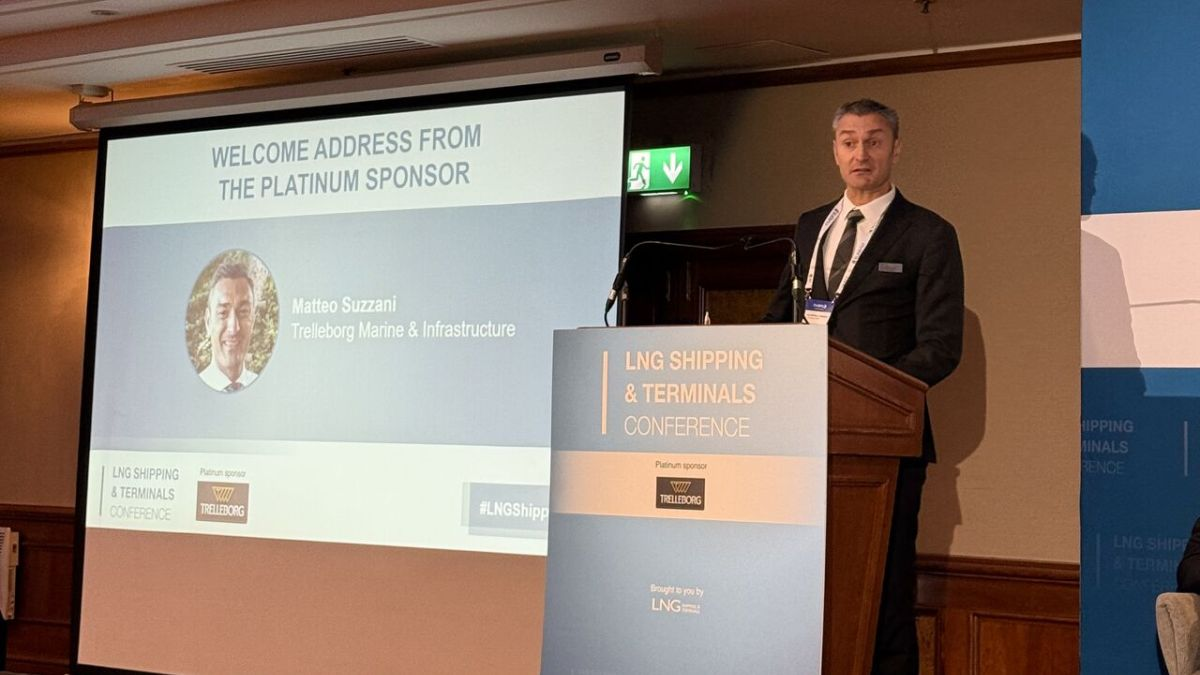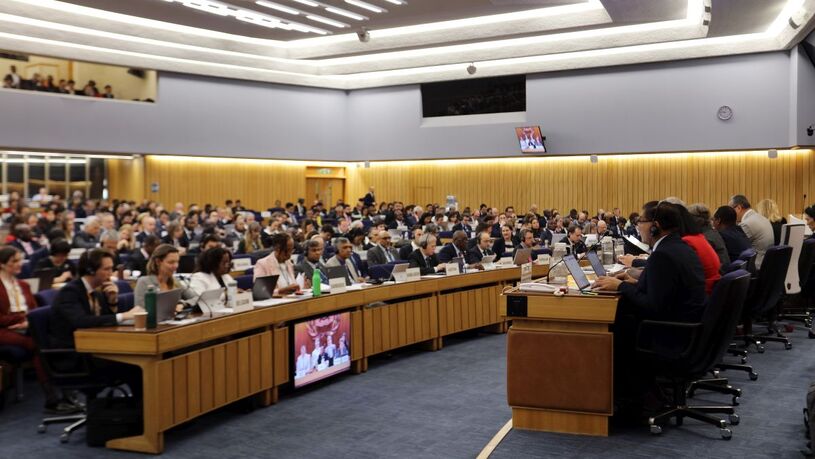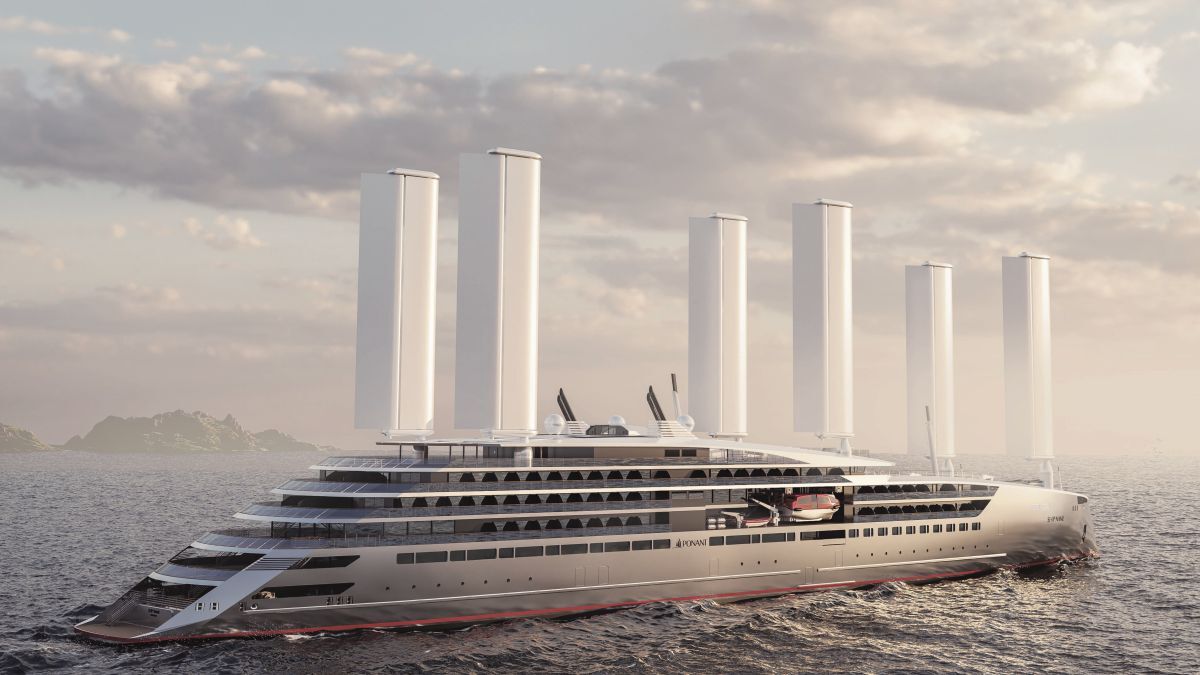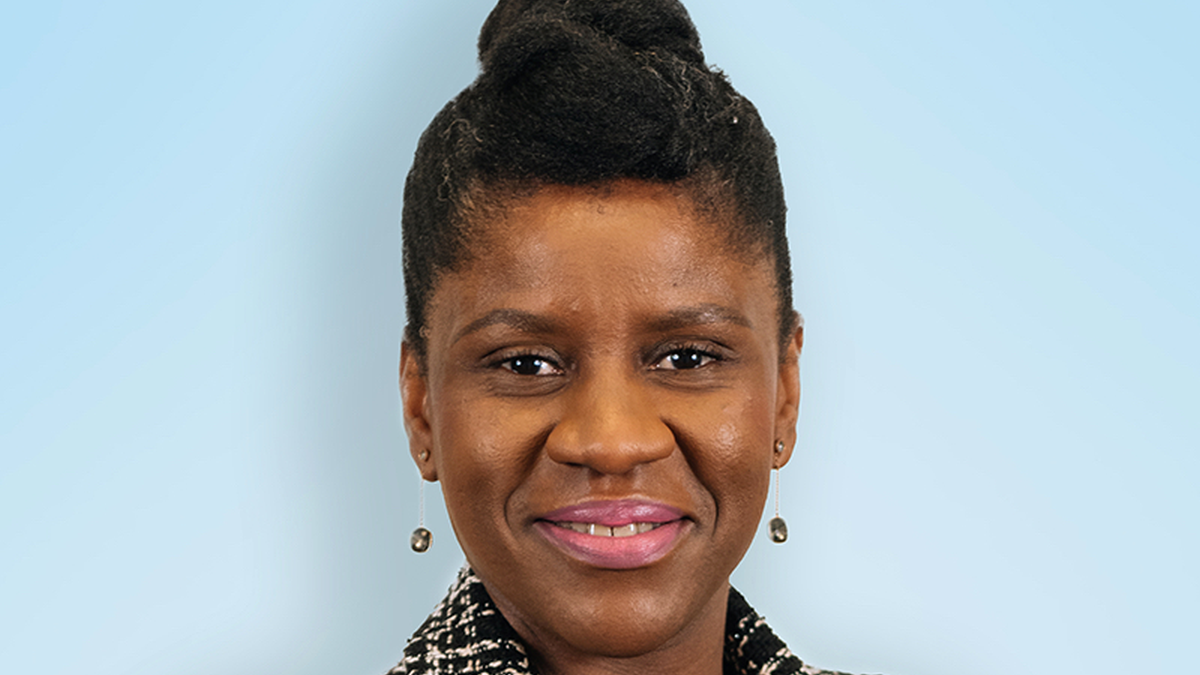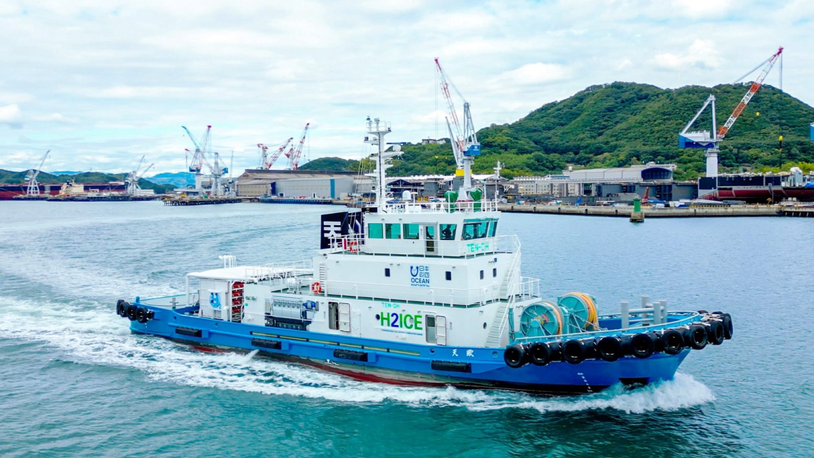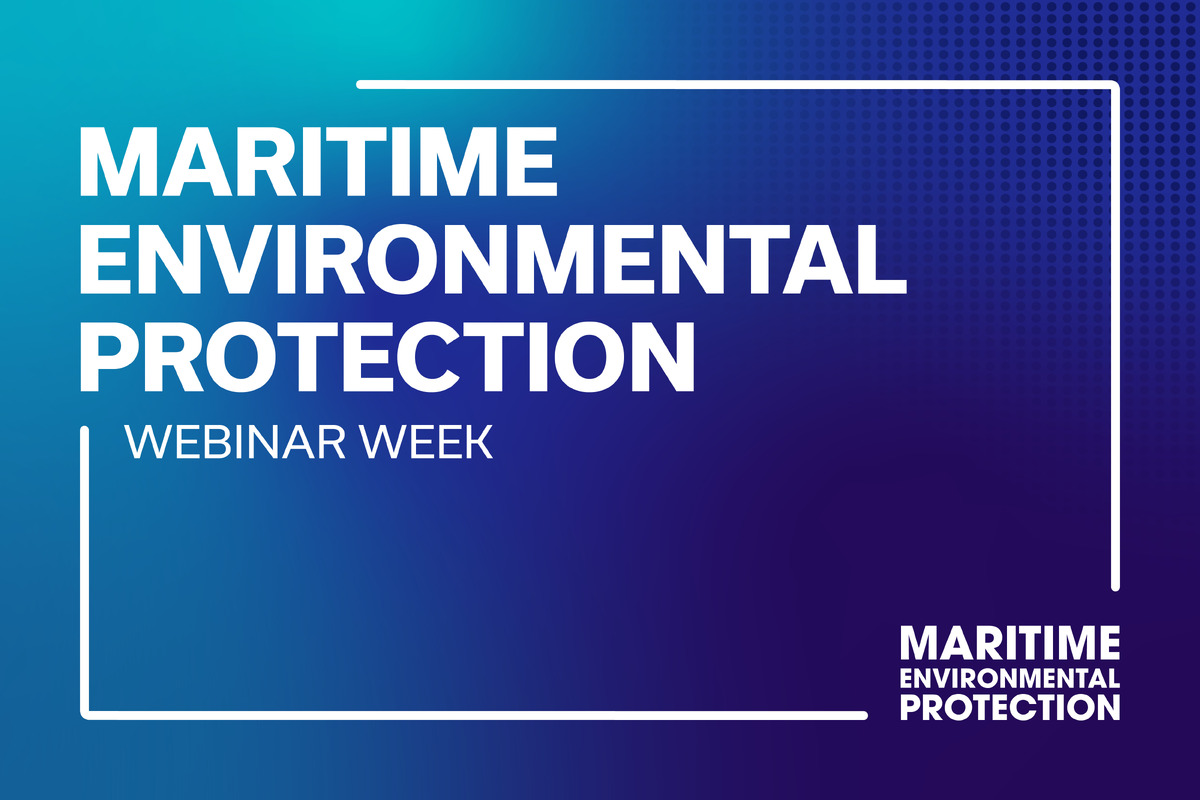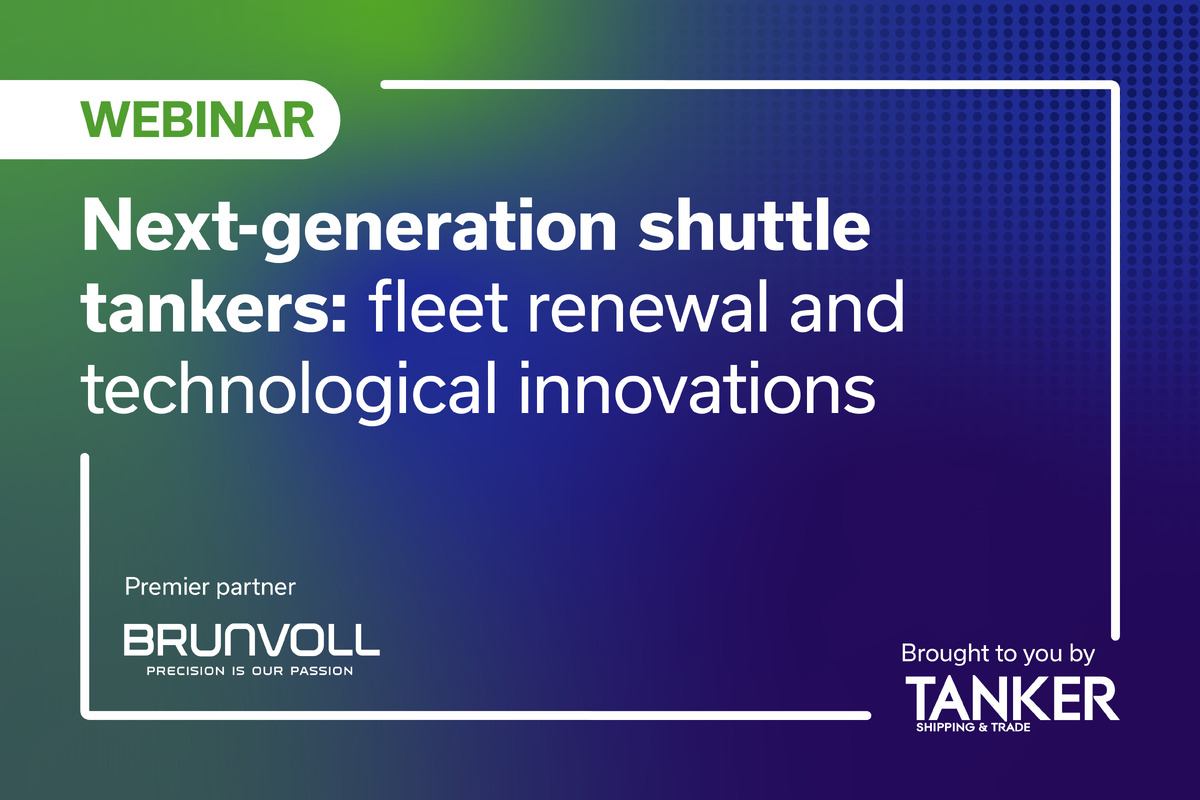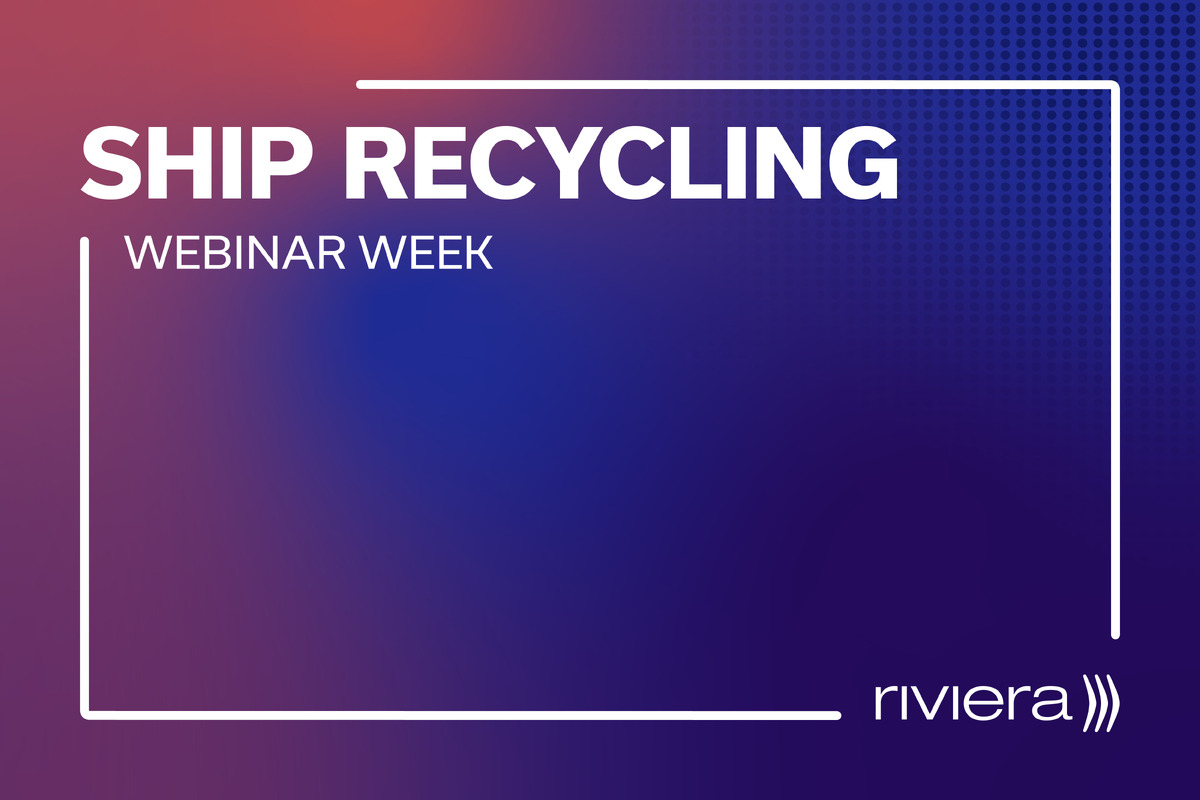Business Sectors
Events
Marine Coatings Webinar Week
Contents
IMO's 'small first step': will giant leaps follow quickly enough?
With shipping’s progress on decarbonisation under scrutiny, the waning minutes of IMO’s Marine Environment Protection Committee (MEPC) 77 saw passage of a non-binding resolution urging "Member States and ship operators to voluntarily use distillate or other cleaner alternative fuels or methods of propulsion that are safe for ships and could contribute to the reduction of black carbon emissions from ships when operating in or near the Arctic"
Following the announcement of the Glasgow Climate Pact during the UN Conference of Parties (COP26), many hoped IMO would find agreement on some of the more ambitious greenhouse gas (GHG)-reduction proposals tabled by its member states, observers and consultant members.
Instead, the result of MEPC was to shelve most of the GHG proposals for discussion in future meetings.
The committee pushed debate anywhere from six months to two years into the future on proposals including reducing global shipping emissions to zero (or net-zero) by 2050 as well as establishing a research and development fund of US$5Bn based on a mandatory carbon tax of US$2/tonne of fuel to scale up production and proliferation of low- and no-emissions fuels.
While the International Chamber of Shipping (ICS) lamented IMO’s "missed opportunity," particularly on its US$2/tonne carbon levy on fossil fuels for research and development, saying governments were "kicking the can down the road", some NGOs with consultative status within IMO struck a more hopeful tone following the passage of a voluntary resolution to tackle the black carbon emitted by ships in the Arctic.
In response to IMO’s passage of a non-binding resolution on the use of less particulate-heavy distillate fuels in the Arctic, NGOs including Friends of the Earth International (FOEI) expressed disappointment that some of the substance of the resolution had been lost after the full backing of the original text by 30 delegations. But they also indicated that any step to reduce the soot that is accumulating and acting as an accelerant on the polar region’s already rapidly melting sea ice is positive.
Calling the resolution a "small first step to reducing shipping’s impact in the Arctic", where black carbon is said to equate to some 20% of shipping’s total impact on climate change, FOEI was not the only group to express mixed feelings on the measure.
The Clean Arctic Alliance "welcomed’" the resolution on black carbon in the Arctic, "but expressed disappointment in the watering down of its substance to reach consensus and placate a small but vocal group of opposing countries".
The ICS joined Saudi Arabia, Russia, China and Japan in refusing to support the resolution, citing the need for more data on engines and fuel types. In addition, Russia asked for clarifications on mandatory instruments and language determining the waters covered by the resolution, and then said it would object to proceeding with existing text towards a mandatory resolution.
The Clean Arctic Alliance’s HFO-Free Arctic campaign took a different view on IMO’s general progress on emissions, citing an "appalling lack of ambition" that covered black carbon and revision of GHG targets.
"IMO member states agreed on a 1.5% rate of improvement in carbon intensity, the same as was already occurring in the absence of regulation," an HFO-Free Arctic statement said. "Ship emissions have the green light to continue growing, perhaps by as much as 16% by 2030. None of this comes close to the 7% annual improvement needed to keep to the Paris Agreement’s 1.5°C temperature goal."
By contrast with IMO, COP26’s Glasgow Climate Pact, whose nearly 200 nations who have signed on to the UN Framework Convention on Climate Change (UNFCCC), hammered out limited but substantive progress on nationally determined contributions (NDCs) toward lowered emissions, "phasing down" of coal-fired power plants and transferring wealth and resources earmarked for climate change impacts on less developed countries. The COP26 pact also includes a clause that will bring countries back to the table to revisit NDC targets in 2022.
However, despite the comparatively slow progress on emissions targets from IMO, the decisions taken by the MEPC may yet build momentum and bring about more ambitious targets in limiting the use and destructive impacts of GHGs in shipping.
In fact, discussions of IMO ambitions featured in 14 of the 53 points distilled from member state interventions around the level of ambition to be laid out in the revision of IMO’s initial strategy on GHGs.
With interventions by several European states, including Slovenia and France, citing the need to focus instead on ’concrete’ measures that would bring GHG reductions in the short-term, MEPC 77 largely adhered to the timelines within the initial strategy on GHGs. The revision of the initial strategy remains slated for MEPC 80 in 2023 to allow "sufficient time... to ensure the timely completion of the revision", leaving the door open to take more ambitious agreements in the future.
Time, or the lack of it, was another major theme throughout MEPC 77.
With video calls coming in from around the globe, a concession to in-person attendance made necessary by the pandemic, MEPC chair Hideaki Saito limited interventions to three minutes, two minutes and one minute at different points and regularly dealt with technical difficulties as participants’ feeds cut in and out.
Participants, too, regularly lamented the inadequate amount of time available to express their views. And, with the discussion around varioius aspects relating to revising the initial strategy on GHGs taking up the majority of the meeting, comparatively little time was left to discuss other matters.
One agenda item aimed to address the time problem, however. A number of member states asked that the intersessional working group on GHGs, where much of the negotiations take place and language for resolutions is often finalised, be replaced with a standing technical body. The measure, it was hoped, would help address the heavy workload involved with charting a path for IMO regulations aimed at decarbonising the shipping industry. But their proposal was, like most others, tabled for discussion at a future meeting.
Timings even proved difficult for passage of the non-binding resolution on black carbon. Working group leader Sveinung Oftedal, Specialist Director of the Norwegian Ministry of Climate and Environment, who has been active behind the scenes to achieve consensus on a number of high-profile resolutions, made an apology to participants in his report for the "time constraints" they faced during negotiations.
Ultimately, however, it is time that is quickly running out for the world to try to avoid the worst effects of global climate change.
The UN’s Intergovernmental Panel on Climate Change 2021 report cited "widespread, rapid and intensifying" climate change and UN Secretary-General António Guterres called the state of the climate as described in the report a "code red for humanity".
"The only way to prevent exceeding [the average global warming threshold set out in the UN’s COP21 Paris Agreement on Climate Change], is by urgently stepping up our efforts, and pursuing the most ambitious path," he said. "We must act decisively now, to keep 1.5°C alive."
So, although IMO’s ’small first step’ on black carbon shows again that consensus can be achieved by shipping’s most deliberative body, the question is whether IMO can achieve that consensus in time.
For now, IMO’s role in limiting shipping’s GHG emissions enough to ensure the shipping industry does its part to stop the world from warming too much, too quickly, remains a question for another time.
Riviera Maritime Media will provide free technical and operational webinars in 2022. Sign up to attend on our events page
Related to this Story
Events
Marine Coatings Webinar Week
Maritime Environmental Protection Webinar Week
Ship Recycling Webinar Week
© 2024 Riviera Maritime Media Ltd.

